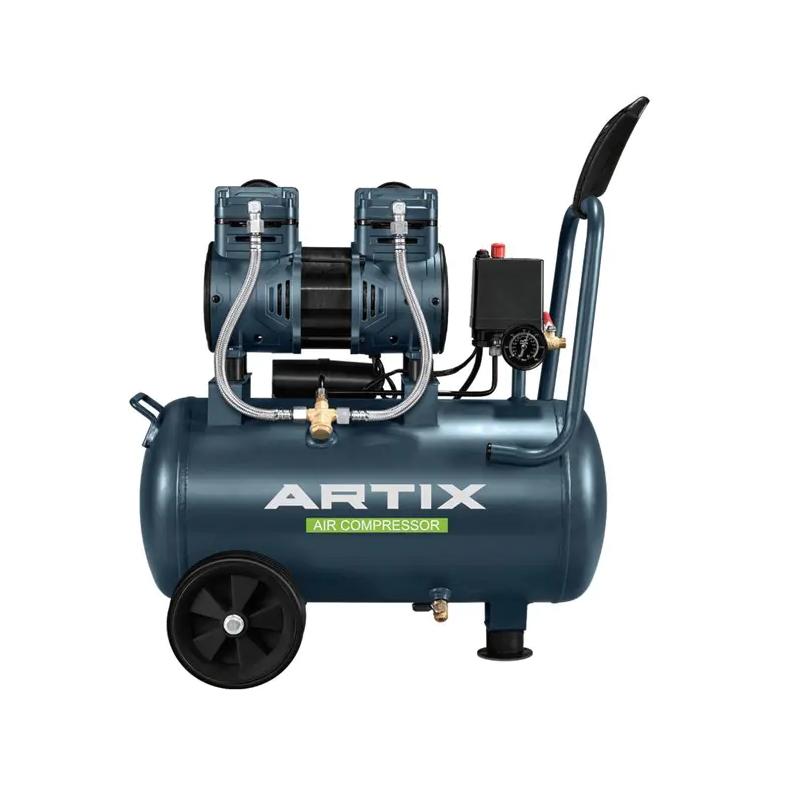Direct Driven Air Compressors represent a design where the electric motor and compressor pump are directly connected, providing an efficient way to transmit mechanical power. This configuration is popular in industrial environments seeking straightforward, durable compressor setups.
One key advantage is the simplicity of the system. Without belts, pulleys, or gearboxes, there is less mechanical complexity to monitor or maintain. This can reduce downtime related to belt replacement or tension adjustment, commonly required in belt-driven systems.
Energy efficiency also improves with direct drive designs. The direct connection minimizes power losses typically seen in belt slippage or gearbox friction. This can lead to lower energy consumption over the compressor’s operational life.
Installation requires attention to alignment between the motor and compressor shaft. Proper installation prevents excessive vibration and uneven wear. Additionally, direct driven compressors often have lower noise levels, which can improve workplace conditions.
The compact design of direct driven compressors is beneficial in environments where space is at a premium. The absence of external transmission components allows for smaller footprints and easier integration into existing systems.
When considering a direct driven air compressor, operators should evaluate operating pressures, duty cycles, and environmental factors to ensure compatibility with application requirements. Maintenance procedures also differ slightly from belt-driven models, focusing on bearing lubrication and shaft alignment.
In conclusion, direct driven air compressors offer a reliable and energy-conscious alternative for industrial air supply needs, particularly where simplicity and durability are prioritized.
